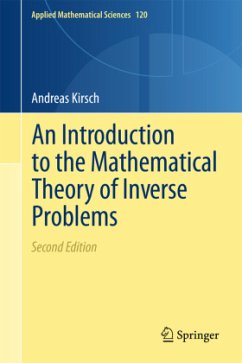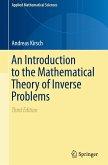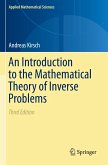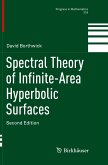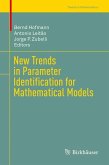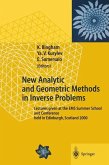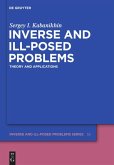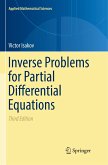This book introduces the reader to the area of inverse problems. The study of inverse problems is of vital interest to many areas of science and technology such as geophysical exploration, system identification, nondestructive testing and ultrasonic tomography.
The aim of this book is twofold: in the first part, the reader is exposed to the basic notions and difficulties encountered with ill-posed problems. Basic properties of regularization methods for linear ill-posed problems are studied by means of several simple analytical and numerical examples.
The second part of the book presents two special nonlinear inverse problems in detail - the inverse spectral problem and the inverse scattering problem. The corresponding direct problems are studied with respect to existence, uniqueness and continuous dependence on parameters. Then some theoretical results as well as numerical procedures for the inverse problems are discussed. The choice of material and its presentation in the book are new, thus making it particularly suitable for graduate students. Basic knowledge of real analysis is assumed.
In this new edition, the Factorization Method is included as one of the prominent members in this monograph. Since the Factorization Method is particularly simple for the problem of EIT and this field has attracted a lot of attention during the past decade a chapter on EIT has been added in this monograph as Chapter 5 while the chapter on inverse scattering theory is now Chapter 6.The main changes of this second edition compared to the first edition concern only Chapters 5 and 6 and the Appendix A. Chapter 5 introduces the reader to the inverse problem of electrical impedance tomography.
The aim of this book is twofold: in the first part, the reader is exposed to the basic notions and difficulties encountered with ill-posed problems. Basic properties of regularization methods for linear ill-posed problems are studied by means of several simple analytical and numerical examples.
The second part of the book presents two special nonlinear inverse problems in detail - the inverse spectral problem and the inverse scattering problem. The corresponding direct problems are studied with respect to existence, uniqueness and continuous dependence on parameters. Then some theoretical results as well as numerical procedures for the inverse problems are discussed. The choice of material and its presentation in the book are new, thus making it particularly suitable for graduate students. Basic knowledge of real analysis is assumed.
In this new edition, the Factorization Method is included as one of the prominent members in this monograph. Since the Factorization Method is particularly simple for the problem of EIT and this field has attracted a lot of attention during the past decade a chapter on EIT has been added in this monograph as Chapter 5 while the chapter on inverse scattering theory is now Chapter 6.The main changes of this second edition compared to the first edition concern only Chapters 5 and 6 and the Appendix A. Chapter 5 introduces the reader to the inverse problem of electrical impedance tomography.
From the reviews of the second edition:
"Andreas Kirsch successfully wrote this book not only for mathematics students but also physics and engineering students. ... I think that this book would work very nicely as a university textbook. ... All sections of the books seemed sprinkled with the latest results, showing that there is a surprising amount of current research activity in this area. I recommend this book to anyone interested in inverse problems, and book's index makes it a valuable reference volume for your book shelf." (Collin Carbno, The Mathematical Association of America, January, 2012)
"Andreas Kirsch successfully wrote this book not only for mathematics students but also physics and engineering students. ... I think that this book would work very nicely as a university textbook. ... All sections of the books seemed sprinkled with the latest results, showing that there is a surprising amount of current research activity in this area. I recommend this book to anyone interested in inverse problems, and book's index makes it a valuable reference volume for your book shelf." (Collin Carbno, The Mathematical Association of America, January, 2012)
"This monograph is a thorough and insightful introduction to the mathematics of inverse problems and a solid improvement of the previous editions, which were used to educate many researchers in the field over the last two and a half decades. As such, the volume is already a classic and can be recommended without reservations to any reader interested in both the foundations and specific examples of inverse problems relevant to modern engineering and sciences." (Alexander Mamonov, SIAM Review, Vol. 65 (2), 2023)

